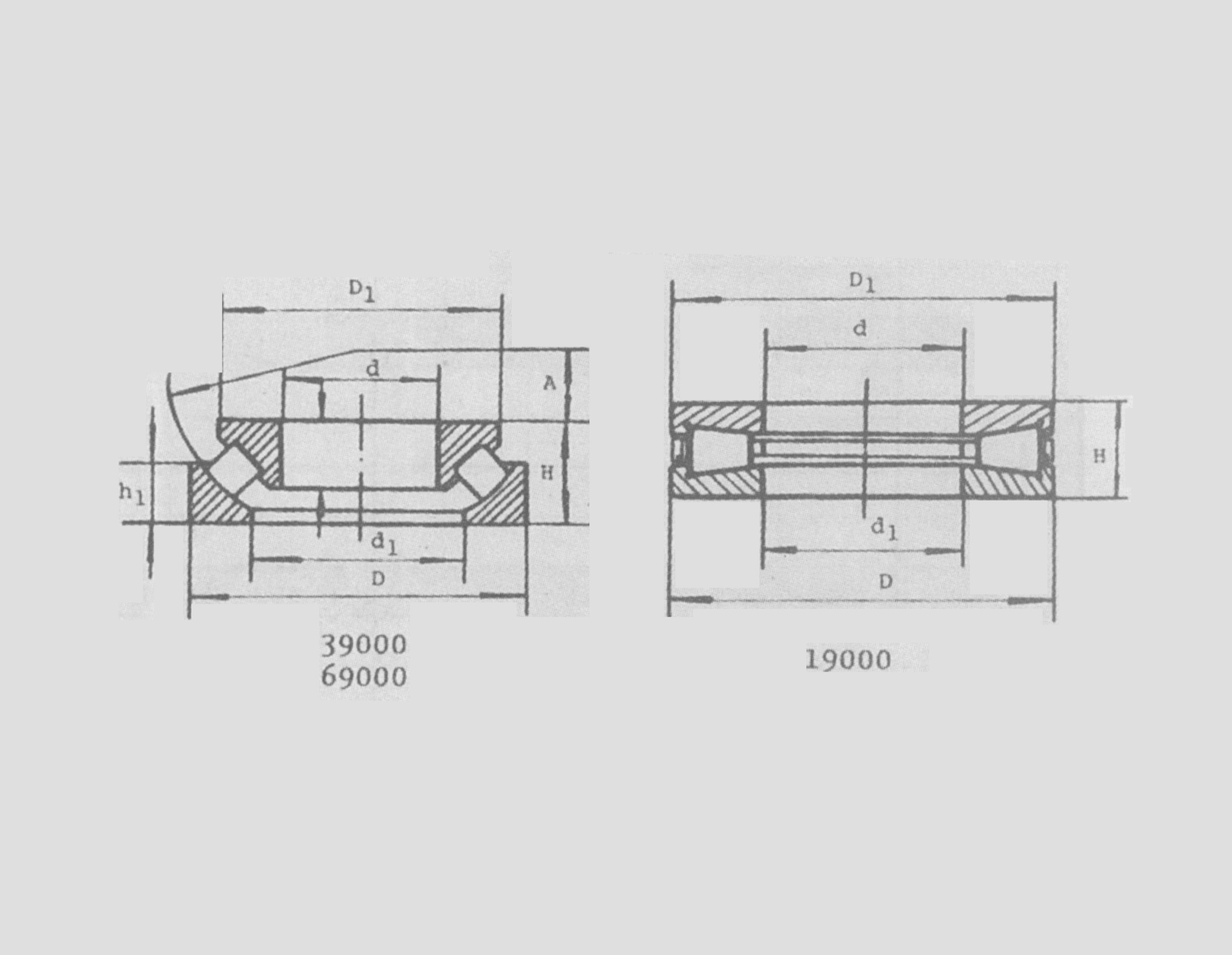
Aug . 14, 2024 17:48 Back to list
Exploring Innovative Approaches to Bearing Design and Tribological Performance in Machinery Engineering
Bearing Design in Machinery Engineering A Focus on Tribology and Lubrication
Bearing design is a critical aspect of machinery engineering, playing a pivotal role in the performance, efficiency, and longevity of mechanical systems. The intricate relationship between tribology—the study of friction, wear, and lubrication—and bearing design cannot be overstated. Understanding these principles is essential for engineers striving to enhance the functionality and reliability of machinery in diverse applications.
Bearings serve as the supporting elements in rotating or sliding components, minimizing friction between moving parts. The design of bearings involves a comprehensive consideration of material selection, geometry, load capacity, and operating conditions. Effective bearing design ensures that machinery operates smoothly, minimizing energy losses and wear through well-managed frictional forces.
Tribology is integral to bearing performance. The primary goal is to reduce friction and wear while ensuring adequate support and alignment of components. This discipline encompasses a variety of phenomena, including surface roughness, lubrication film formation, and temperature effects. Engineers must carefully analyze these factors when designing bearings to optimize their performance in real-world applications.
One of the most vital aspects of bearing design is lubrication. Proper lubrication is essential to create a protective film between the bearing surfaces, reducing direct contact and, consequently, friction. The choice of lubricant—whether grease, oil, or solid lubricants—depends on several factors, including the bearing type, operating speed, load conditions, and environmental factors. Each lubricant has its advantages and limitations, and selecting the right one can significantly influence the bearing’s lifespan and effectiveness.
bearing design in machinery engineering tribology and lubrication pdf

There are various lubrication regimes that can affect bearing performance. The most common are boundary lubrication, hydrodynamic lubrication, and elastohydrodynamic lubrication. In boundary lubrication, the lubricant film is thin, and the surfaces may come into contact, leading to higher wear rates. In contrast, hydrodynamic lubrication occurs when the lubricant forms a full film, preventing surface contact and minimizing wear. Elastohydrodynamic lubrication, meanwhile, is crucial for roller bearings under high loads, where the surfaces deform to create a sufficient lubricant film.
Furthermore, engineers must consider the operating environment when designing bearings. Factors such as temperature extremes, contamination, and pressure can significantly impact the lubricant's performance and the bearing's overall integrity. For instance, high temperatures can lead to lubricant breakdown, while contaminants can introduce particles that accelerate wear. Effective seal design is therefore often implemented in bearing systems to protect the integrity of the lubricant and keep contaminants at bay.
Advanced materials also play a significant role in bearing design. Traditionally, materials such as steel and bronze have been used due to their strength and durability. However, with technological advancements, composite materials and ceramics are increasingly employed to provide enhanced properties such as lower friction coefficients, improved wear resistance, and higher thermal stability. These materials can lead to lighter, more efficient bearings that perform better under adverse conditions.
In summary, the design of bearings in machinery engineering is a multifaceted challenge that hinges on a deep understanding of tribology and lubrication. Engineers must carefully consider material selections, lubrication methodologies, and environmental factors to design bearings that optimize efficiency and durability. As technology and materials advance, the field continues to evolve, promising innovations that will further improve bearing performance and reliability in various applications. With continued focus on these critical areas, the future of machinery engineering looks promising, leading to more efficient, reliable, and sustainable designs.
Latest news
-
Grooved Ball Bearing Design and Functionality
NewsJun.04,2025
-
Concrete Mixer Bearing Load Capacity Testing
NewsJun.04,2025
-
6004 Bearing Dimensions in Robotic Joint Designs
NewsJun.04,2025
-
Advantages of Single-Row Deep Groove Ball Bearings
NewsJun.04,2025
-
Applications of Deep Groove Ball Bearings in Automotive Systems
NewsJun.04,2025
-
Innovations in Bearing Pressing Machine Design
NewsJun.04,2025
